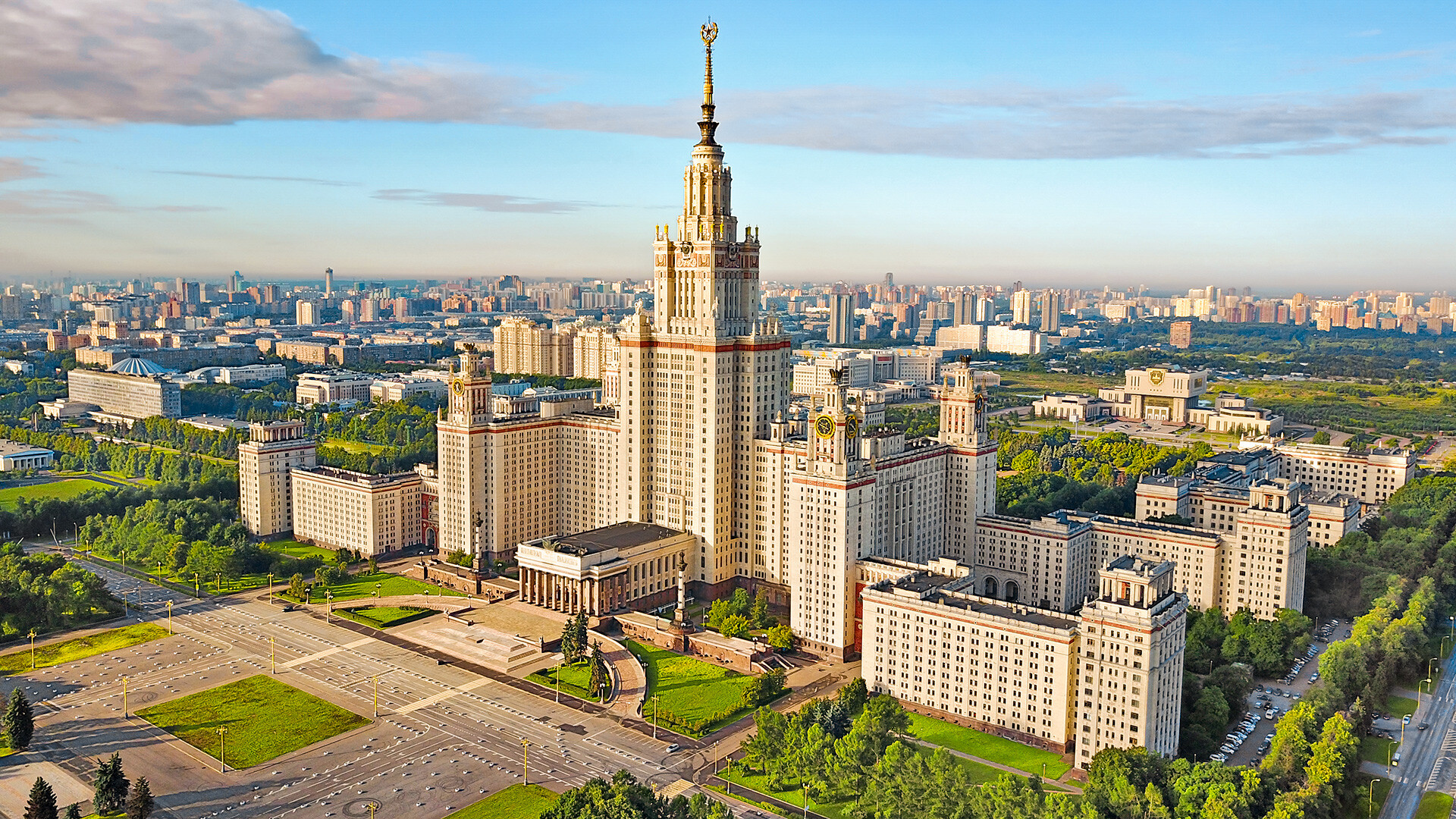
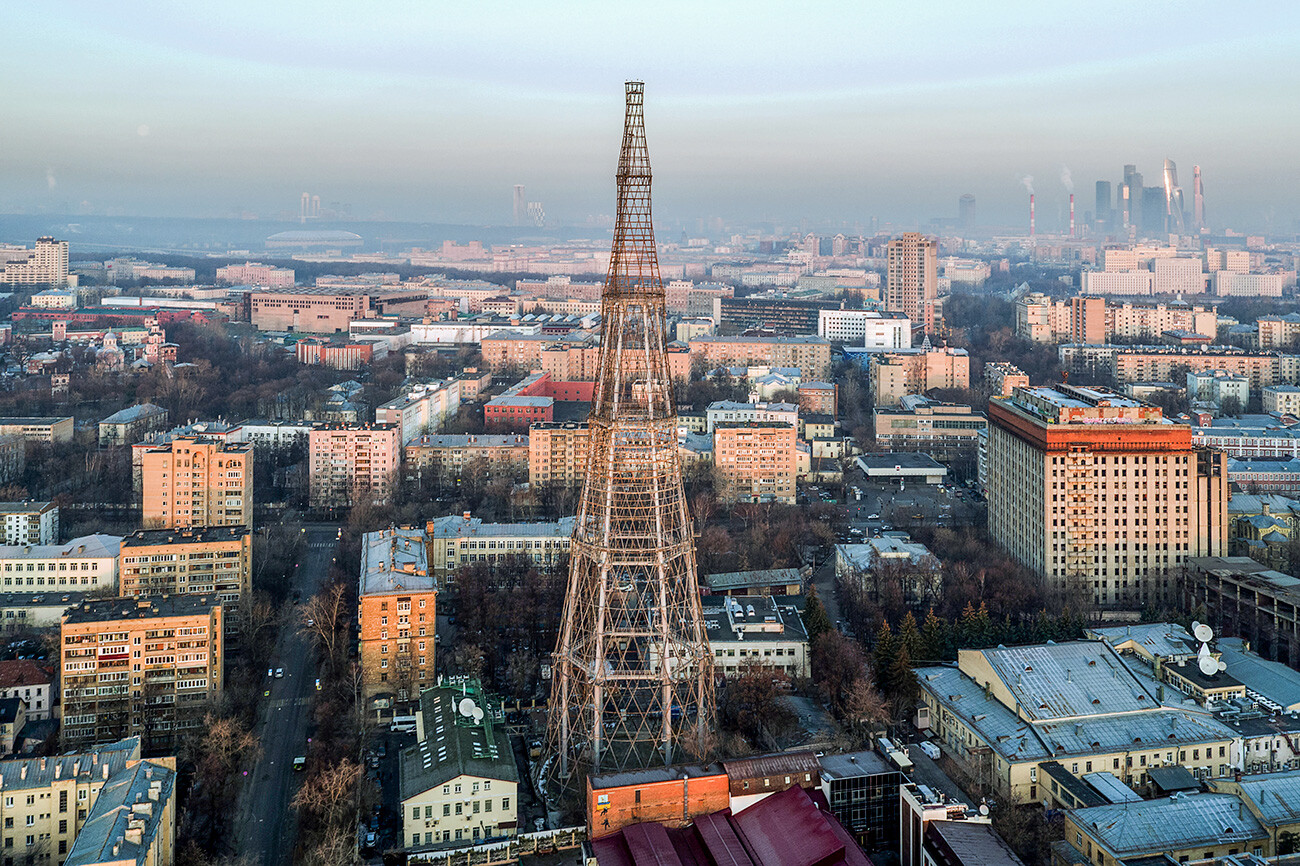
Engineer Vladimir Shukhov patented his hyperboloid diagrid structures back in the Tsarist era, demonstrating them at leading national expos. The first tower was built in 1896. The most famous one — the 160-meter Shukhov Tower on Shabolovka Street — was erected in 1919-1922. It was built to support transmission equipment for radio and later television broadcasting. The project was personally approved by Vladimir Lenin.
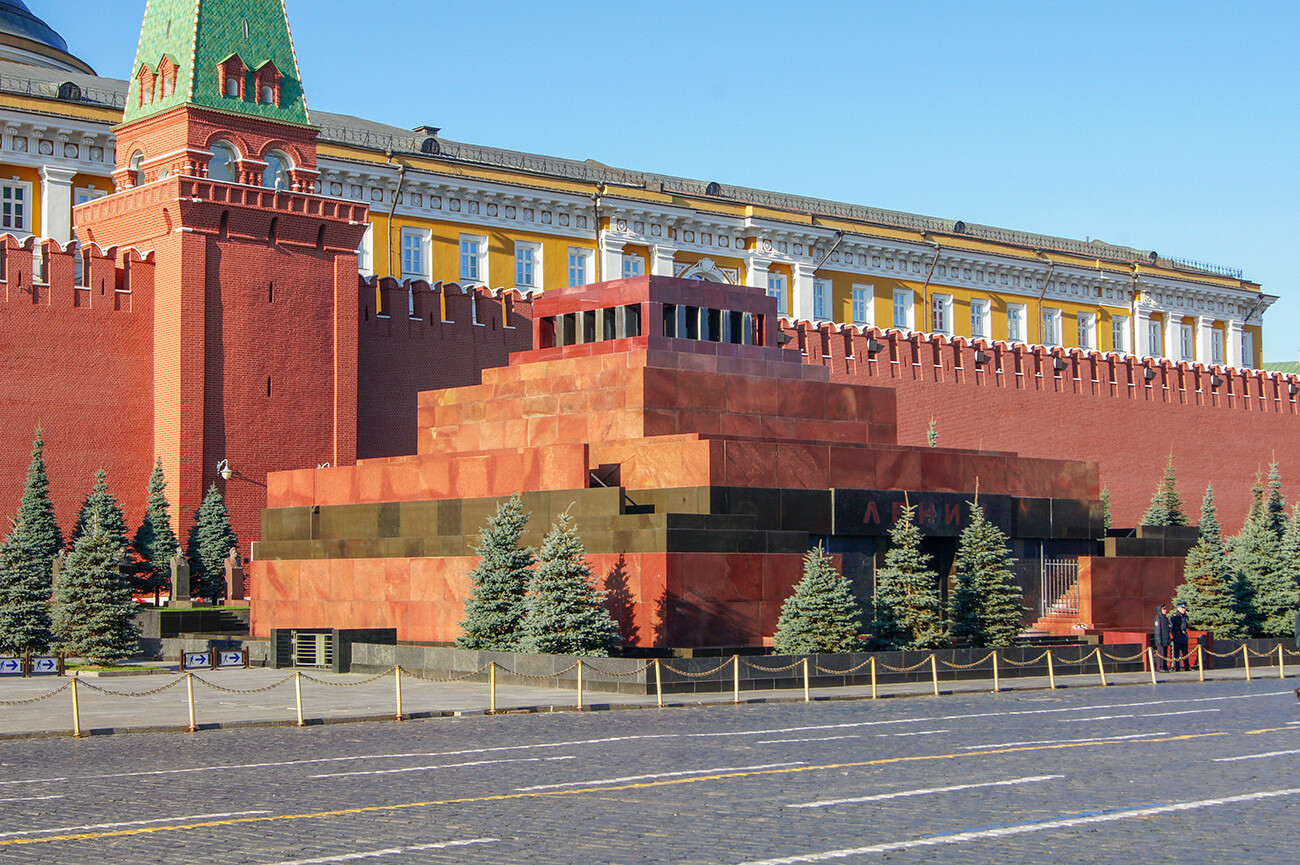
The first mausoleum for the Soviet leader was made of wood and built beside the Moscow Kremlin walls in 1924, immediately following Vladimir Lenin’s death. Then a competition was announced for the design of a permanent resting place for the leader of the Revolution. Out of more than a hundred submissions, the winning design was proposed by the famous architect Alexei Shchusev. His granite mausoleum was completed by 1930. According to Shchusev, the stepped configuration symbolized that Lenin's cause lived on. Nowadays, the mausoleum is undoubtedly one of the main attractions on Red Square and it serves as the Russian government’s main rostrum.
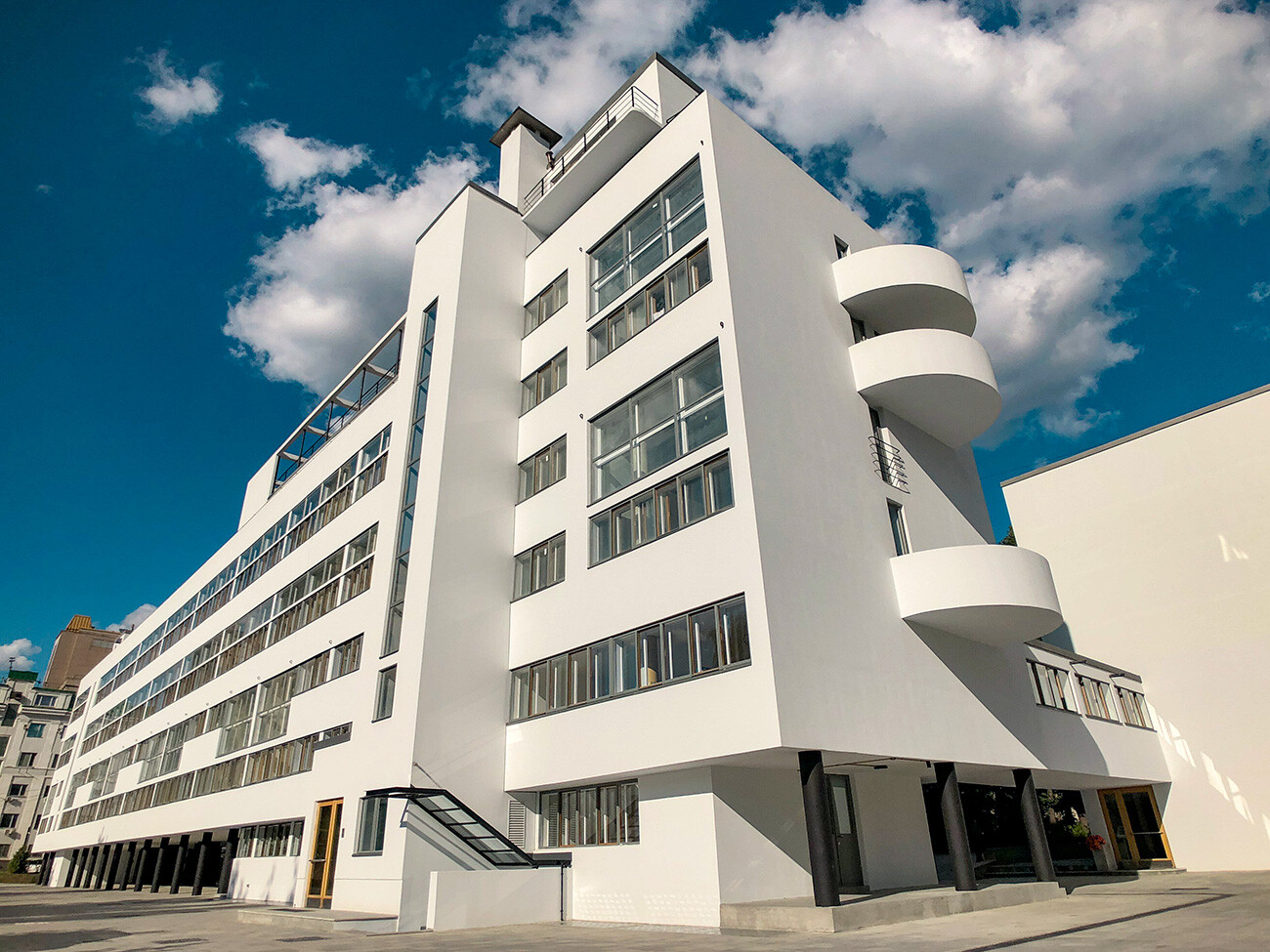
The Soviet government gave impetus to new avant-garde architecture that proclaimed a rejection of embellishment in favor of functionalism. A distinctive feature of the Constructivist style, for example, was glass and concrete structures and panoramic glazing that sometimes stretched along the entire perimeter of a building. One of the most striking buildings of the time was an apartment block for employees of Narkomfin — the USSR People's Commissariat (Ministry) for Finance — that was built on Novinsky Boulevard in 1928-30. The project by Soviet architects Moisei Ginzburg, Ignaty Milinis and Sergei Prokhorov proposed the utopian idea of collectivized living, with communal corridors and cell-type apartments. The project, however, was never approved for wider adoption.

The country's first planetarium (and still one of the world’s largest) was built in Moscow in the late 1920s. The Soviet government was serious about new discoveries and achievements. Although Gagarin's flight was still several decades away, the passion for astronomy was widespread and many people wanted to observe the stars. The planetarium was built according to a design by architects Mikhail Barshch and Mikhail Sinyavsky. It has a powerful telescope accessible to the public and an auditorium covered by a dome that’s 27 meters in diameter, a kind of scientific optical theater.
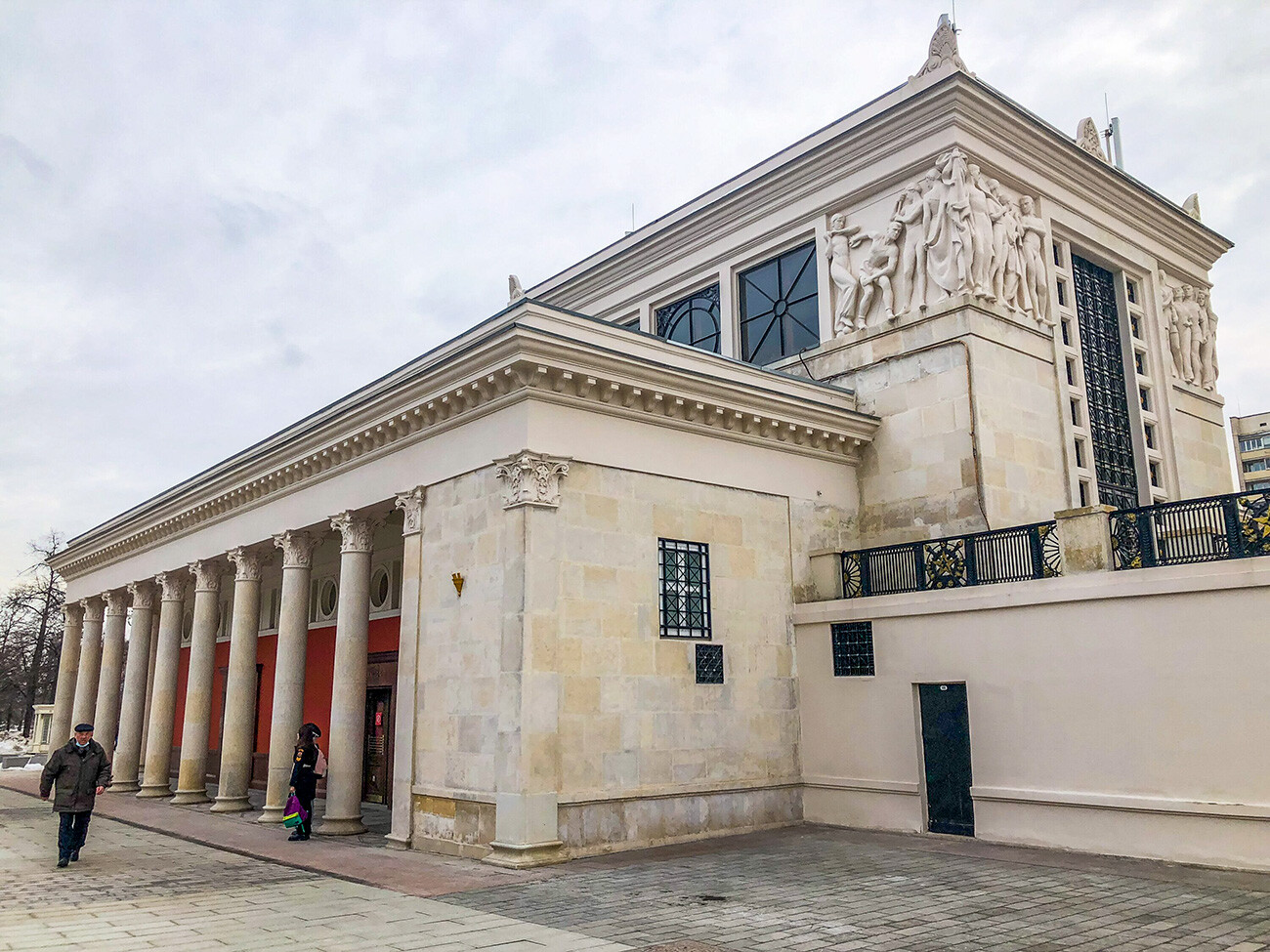
Dinamo station
Moskva AgencyAn entire underground city characterized by extraordinary architecture and interiors was built in Soviet times. The first line of the Moscow Metro opened in 1935 with 13 stations. Many of them are reminiscent of sumptuous palaces and were designed by the best architects of the era, with stucco work, sculptures, mosaics and finely-crafted lamps. The ground-level vestibules around the city are also monuments of architecture.
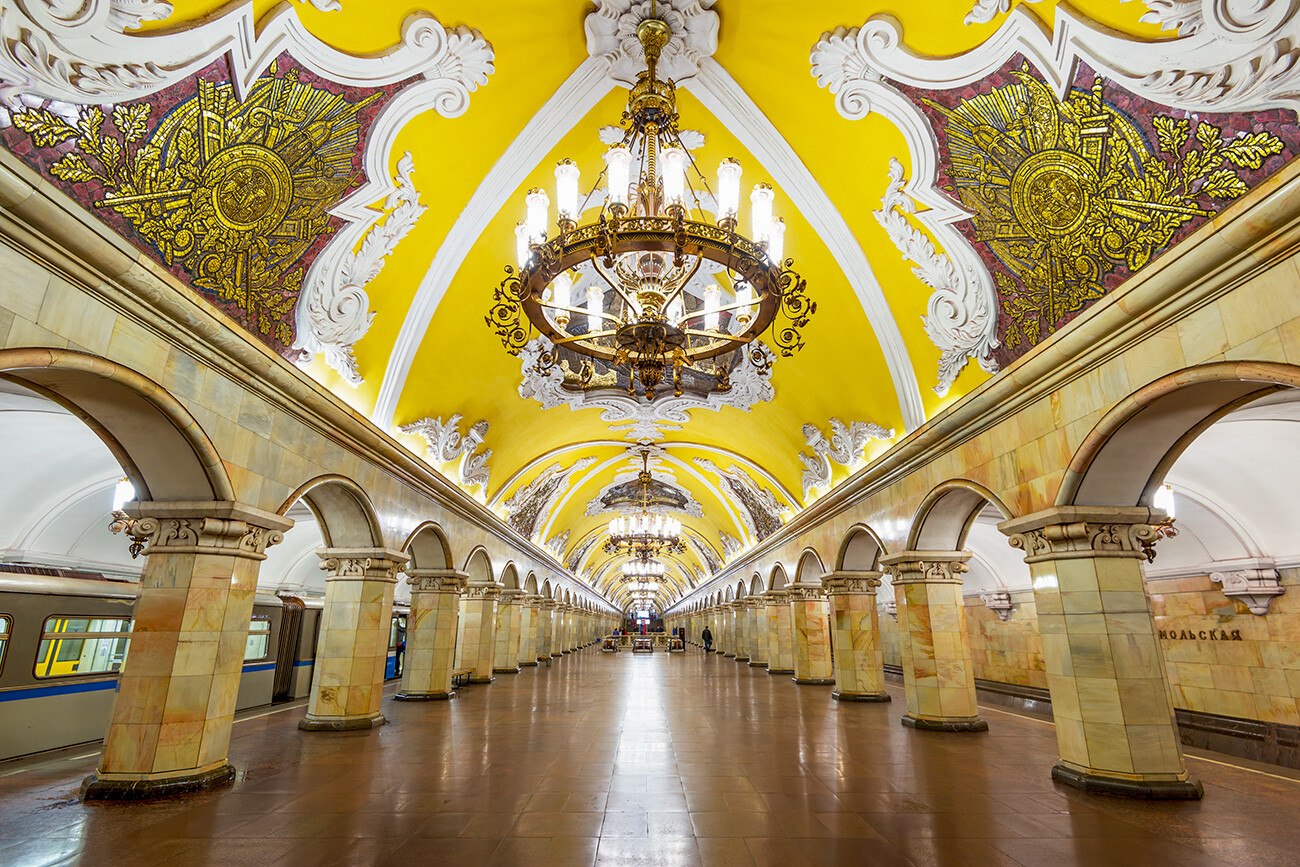
Komsomolskaya station
Getty ImagesFor example, the entrance to Arbat Station resembles a star, the colonnaded entrance to Komsomolskaya Station is crowned with a dome and spire, and the entrance hall to Dinamo Metro Station is adorned with sculptures of athletes.
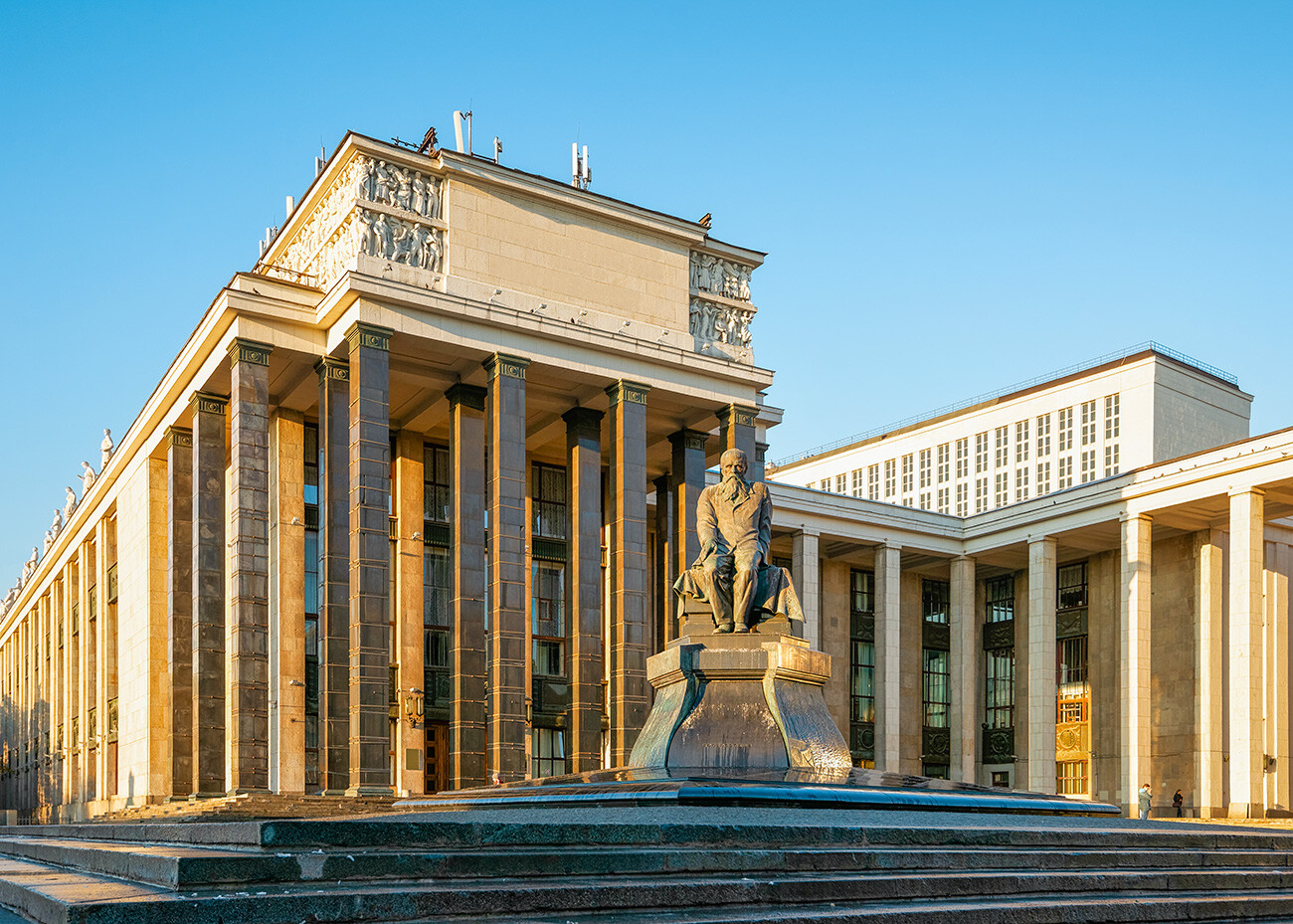
Before the new building was erected, the country's main library was entirely housed in the Neo-Baroque 19th century mansion known as the Pashkov House, which is directly opposite the Kremlin. In 1928, large-scale construction began on a new library according to a design by Vladimir Gelfreikh and Vladimir Shchuko. The main book depository was completed by the end of the 1930s, while work on the entire library complex continued until the late 1950s, with a break for the duration of the war. The building is in the Post-Constructivist style — the Soviet version of Art Deco. The design embodies elements that are characteristic of Stalinist architecture - columns, pilasters and ornamentation in the form of national emblems, bas-reliefs and sculptures.
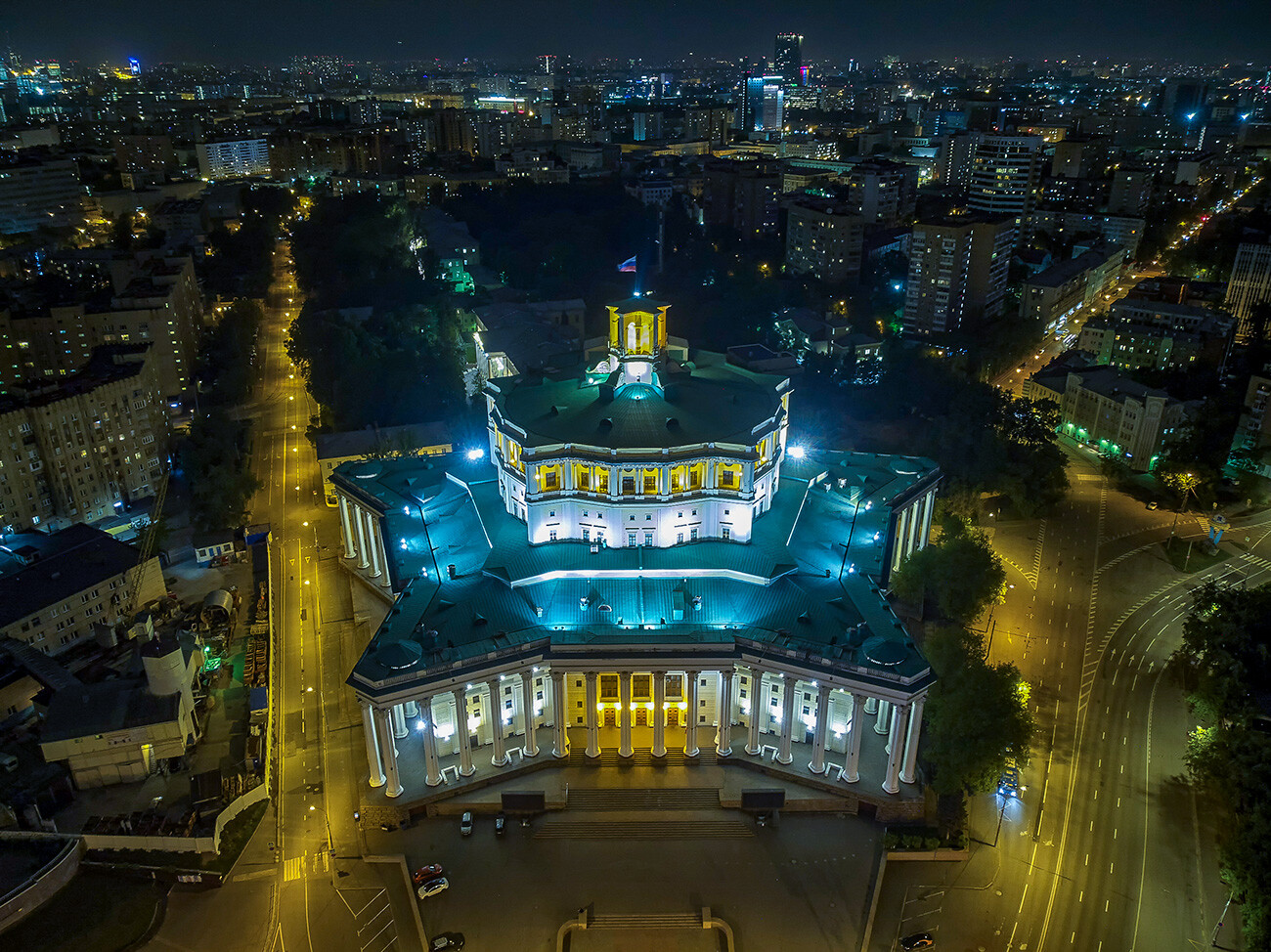
A theater affiliated with the Red Army was organized in early 1930. The company put on drama performances according to patriotic and military themes, held concerts with singing and dancing, and they also toured the front lines. This imposing building in the shape of a five-pointed star was built for the army’s theater in 1940. The design by Karo Halabyan and Vasily Simbirtsev is endowed with the features of Stalinist architecture, gravitating towards Classicism. For instance, columns in Ancient Greek style run along the perimeter and the upper part of the building, as well as enormous ceiling mosaics inside.
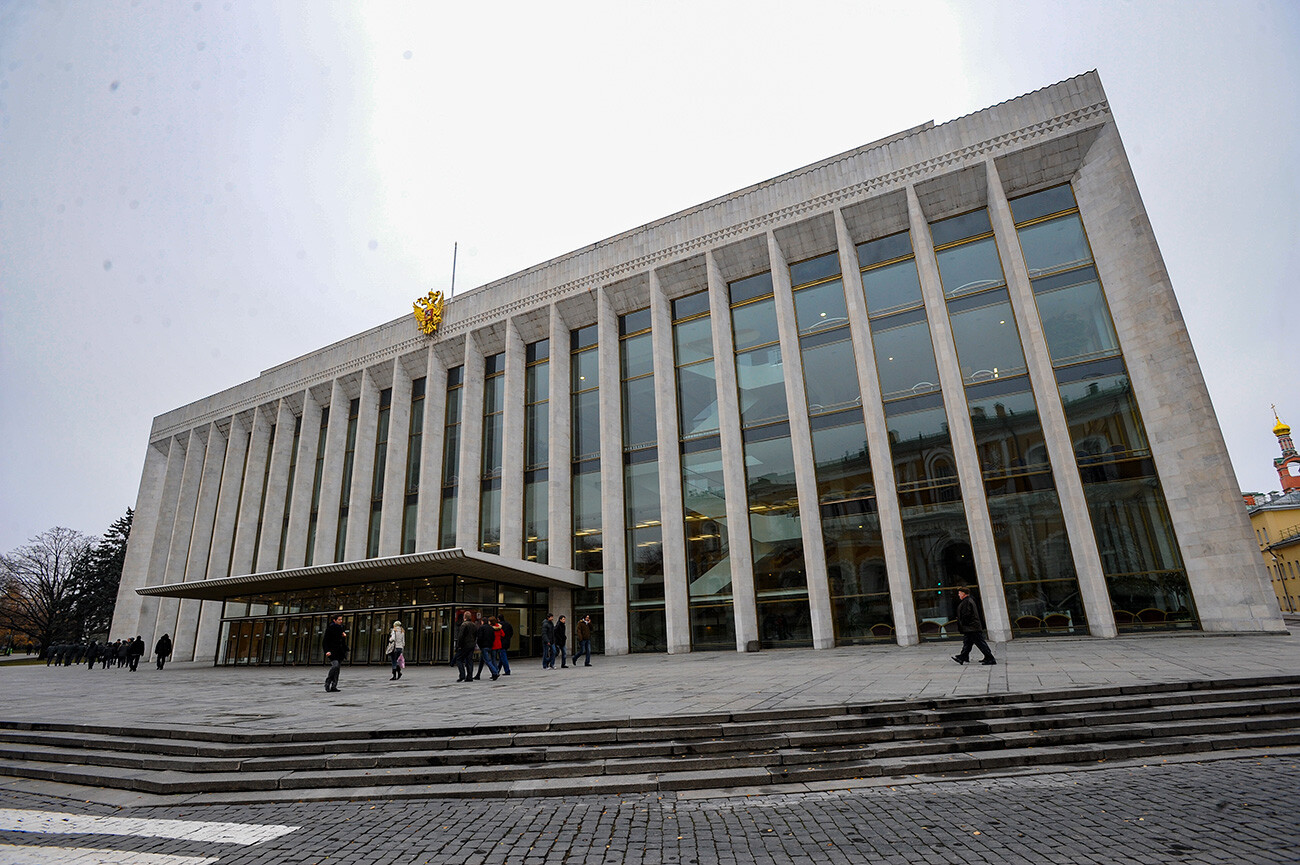
The Bolsheviks took over the Kremlin immediately after the Revolution and made it the official residence of the Soviet government. The socialist authorities behaved in a reckless manner inside the ancient fortress, and destroyed several historically important architectural sites and churches. A new building in the Kremlin was specially built to hold mass Party gatherings, opening in 1961 for the 22nd Congress of the Communist Party of the Soviet Union, at which the policy of combating the Stalinist personality cult was declared.
The Palace of Congresses is an example of Soviet modernism during the period of the Thaw. Soviet leader Nikita Khrushchev instigated the construction, proclaiming a rejection of "superfluities" in the design and planning of buildings, and a switch to severity and brutalism of form. The chief architect of Moscow, Mikhail Posokhin, was in overall charge of the project. The lower floor and entrance hall had to be sunk below ground level in order to allow the building to more or less harmoniously fit in with the neighboring group of Kremlin buildings.
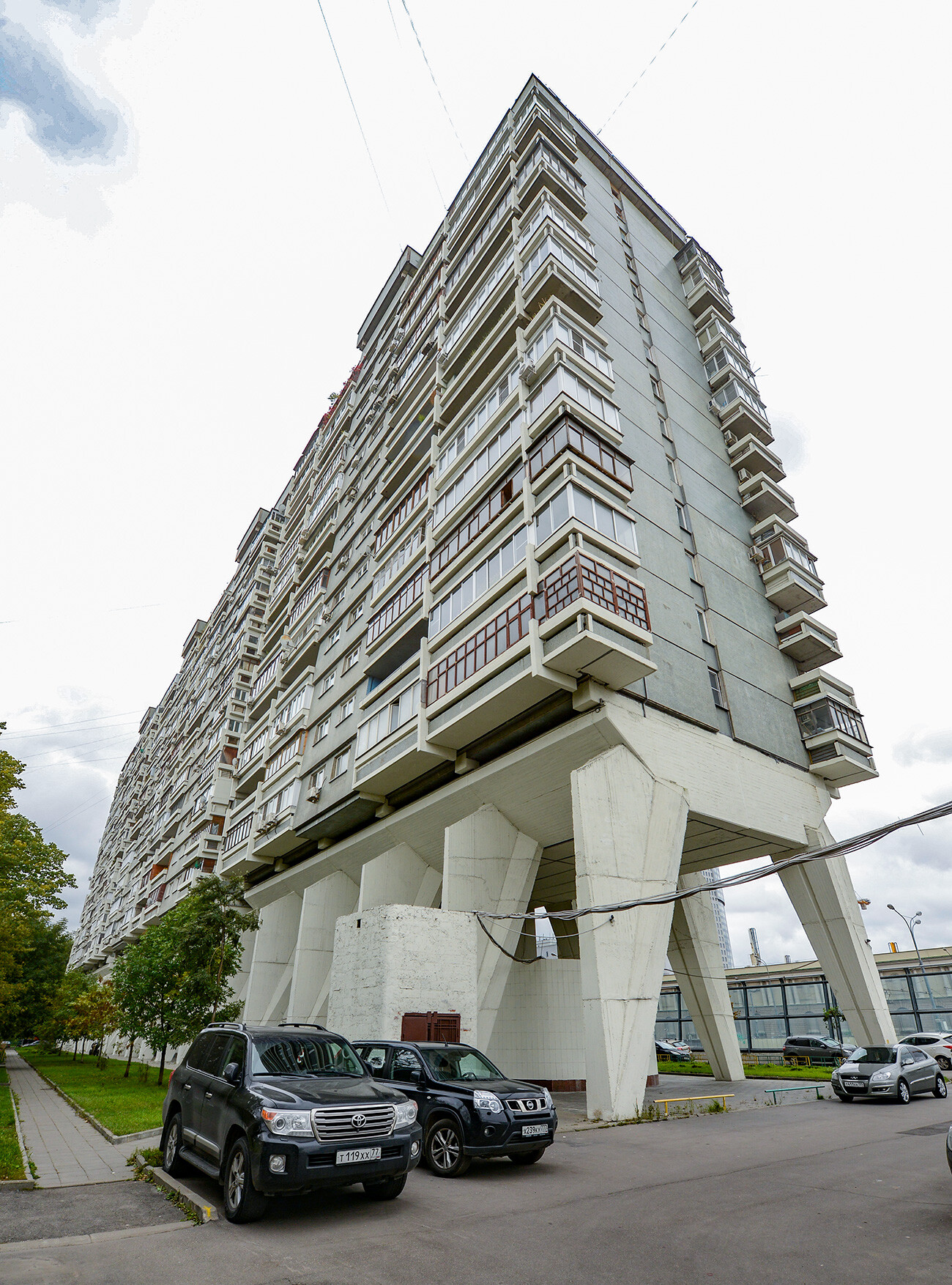
After the death of Stalin, the Soviet leadership's main task was to tackle the shortage of housing — this was the time when standardized residential units known as Khrushchevki began to be built en masse. In the 1970s, when the country had more money and opportunities, the authorities were keen to once again display the might of the Soviet Union. This led to the construction of monolithic concrete buildings without any decorative elements that impressed with their colossal dimensions and unconventional forms. One example is this 13-story building designed by architect Andrei Meyerson and erected in 1978. The original plan was to accommodate foreign guests of the 1980 Olympics and to impress them. But in the end it was used as residential housing for aviation plant workers.
It is popularly referred to as the "House on Legs" or "The Centipede". Its initial residential floor in fact starts on the third floor level. Apart from the practical considerations — protection from the cold and damp — there was also a symbolic purpose: The building looked as if it was floating above the ground, and its 40 legs are like the supports of a spaceship.
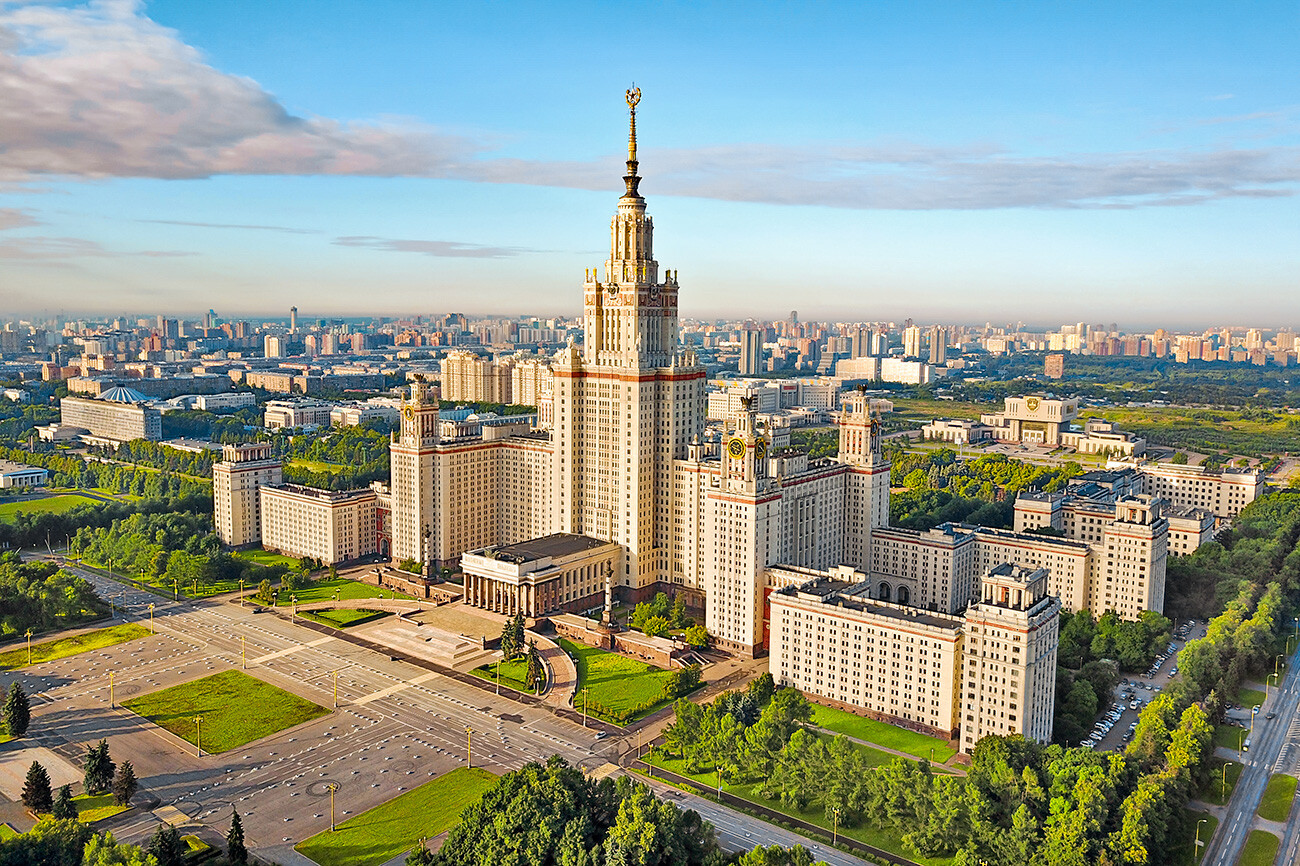
Moscow State University
Getty ImagesAfter the war, Soviet architecture was characterized by a proud sentiment of triumph. The country that defeated Nazism put up buildings in a style that’s today described as "Stalinist Empire". Stalin personally devised the plan to build seven skyscrapers in Moscow, and their foundations were laid in the year when the capital's 800th anniversary was celebrated in 1947. Construction of each building was completed at different times, however; some even after the great leader's death. These buildings housed Moscow State University, the Ministry of Foreign Affairs, hotels and residential apartments. While they were all designed by different architects, they’re all similar in appearance. Their distinctive features were soaring spires and an imposing central section. Today, these highrises are among the chief sights of Moscow.
You can read more about the Stalin-era highrises here.
Dear readers,
Our website and social media accounts are under threat of being restricted or banned, due to the current circumstances. So, to keep up with our latest content, simply do the following:
If using any of Russia Beyond's content, partly or in full, always provide an active hyperlink to the original material.
Subscribe
to our newsletter!
Get the week's best stories straight to your inbox